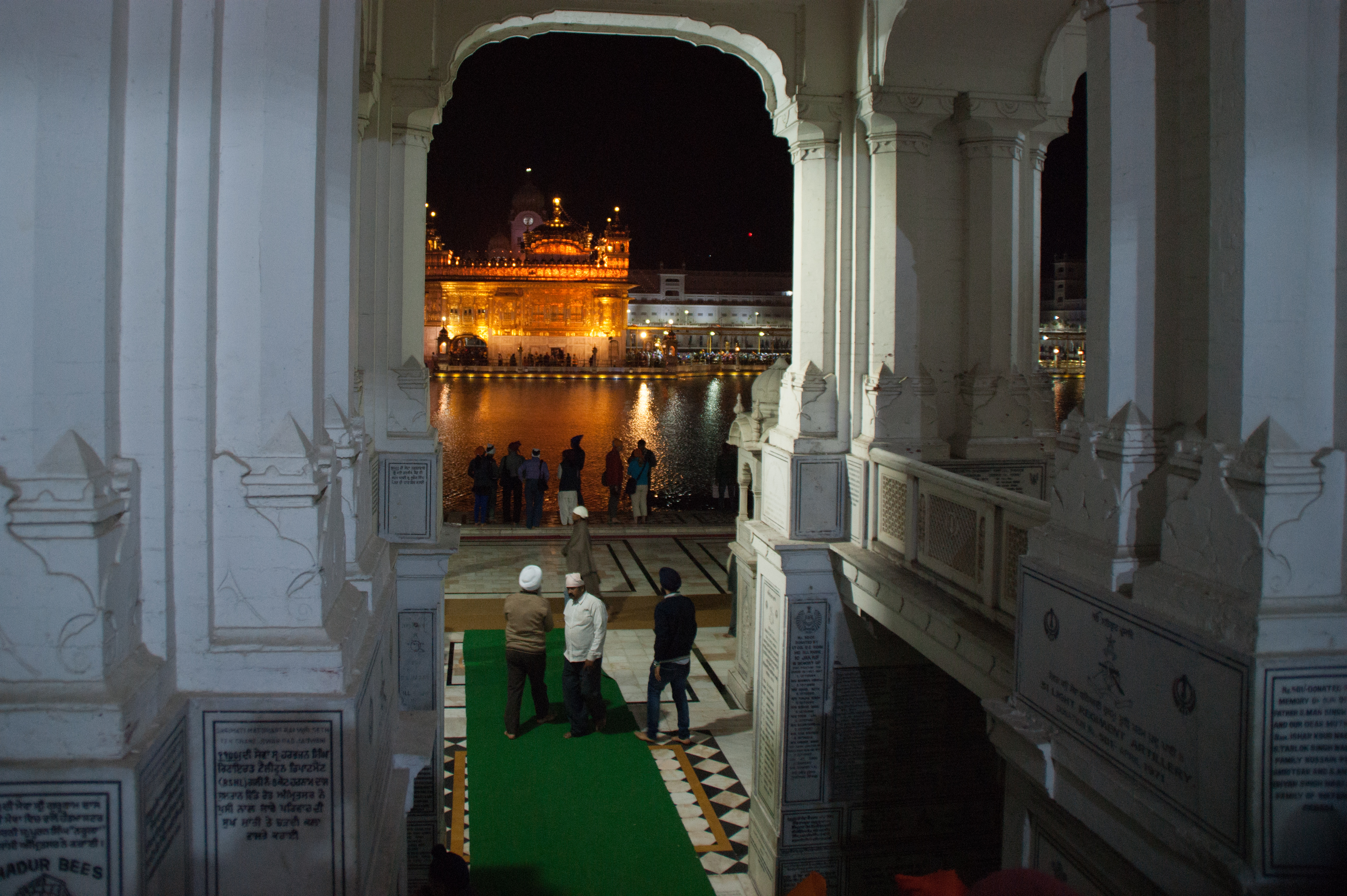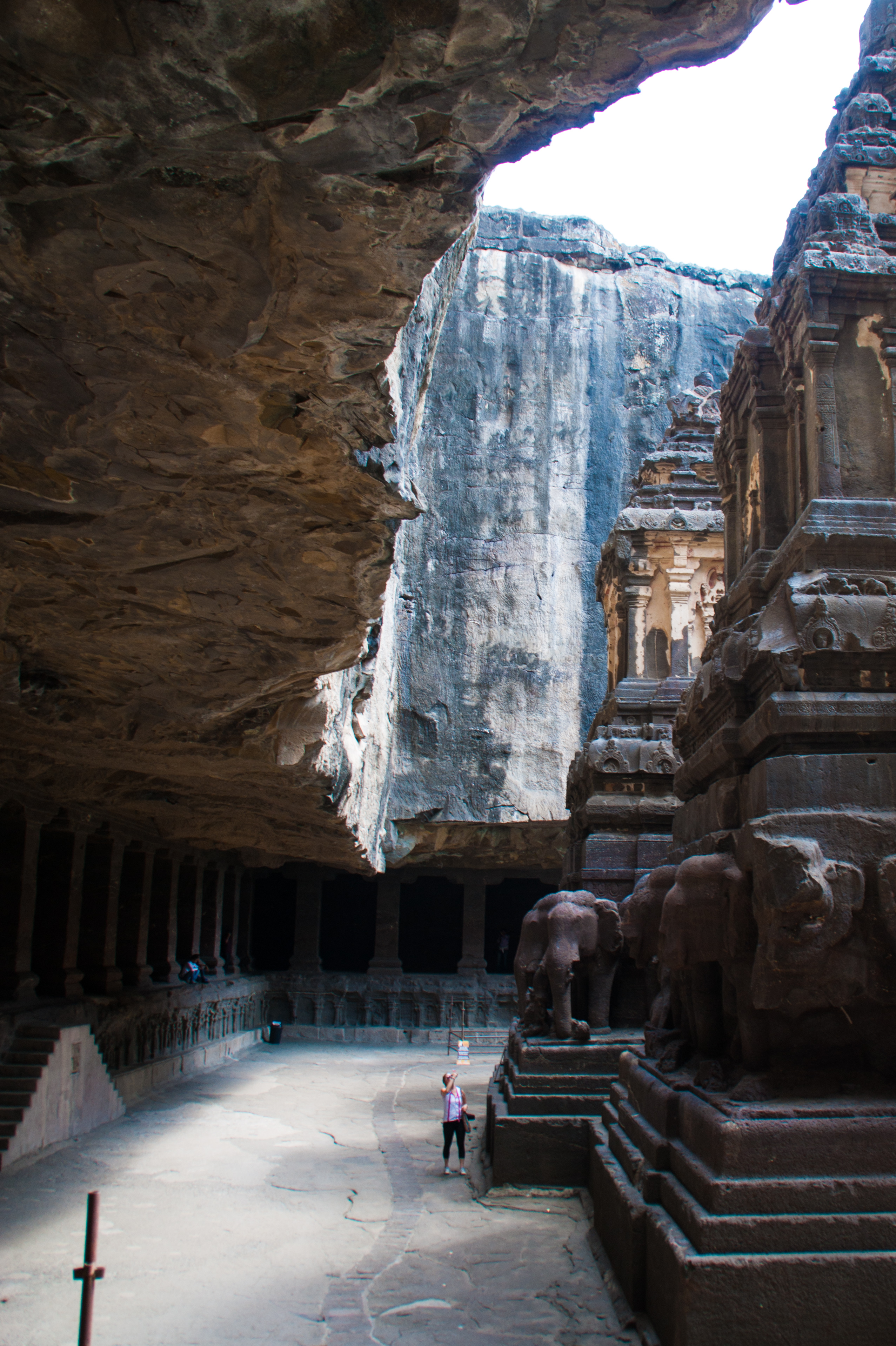Matt's Roof Garden
Powered by 🌱Roam GardenLayers and Gateways in Indian Architecture
Status:: evergreen
Tags:: writing architecture
While studying architecture at Company/Rensselaer Polytechnic Institute I had the opportunity to live in India for 6 months, exploring and studying the spatial and phenomenological qualities of traditional Indian architecture.
Indian architecture is unique, in part, because of the country’s strong religious background. Over millennia these spiritual narrative have become unique spatial narratives that still craft the design of their buildings today.
Traditional Indian spatial sense is grounded in spirituality and cultural beliefs about how the world operates. In short the spaces are born from an idea or series of ideas. Concepts such as the cycle of reincarnation and the duality of existence create create rich spatial sequences when translated into architectural language. When a conceptual driver behind the spaces governs all, interesting spatial relationships begin to form.
One facet of Indian architecture that I became particularly interested in was the masterful use of doorways and gateways to create complex relationships between the viewer’s motion and a building.

Diagram explaining circulation based on door placement taken from Elements of Spacemaking by Yatin Pandya

Gateway obstructing part of the Golden Temple in Punjab, India
When designing a building or complex, gateways are used not only as a barrier but as a tool to induce a kinetic perception of space. The choice of various movement paths towards or around a building creates a personal and changing relationship with the building.
{{table}}


Gateways being used as spacial dividers at Fatehpur Sikri in Uttar Pradesh, India.
Perspectival alignment to eye level often plays a part in the placement of these gateways. Passageways and doors are strategically aligned to create moments of segmented views. When passing through the gateway a person’s path is typically obstructed and their movement patterns forced into a winding pattern.

When simple gateway/barrier placement rules are combined complex movement patterns emerge. Diagram from Book/Elements of Spacemaking by Yatin Pandya
This winding movement creates key moments to condition the mind and allows time to overlap the space. The dynamic movement patterns of the viewer are highly dependent on frame of mind and time of day which allows for the space to be continually refreshed with new paths and uses. By utilizing pauses, winding circulation, and stretched time as architectural elements Indian architects create contemplative and experientially rich spaces with many changing uses.

The Ellora Caves in Aurangabad, Maharashtra, India